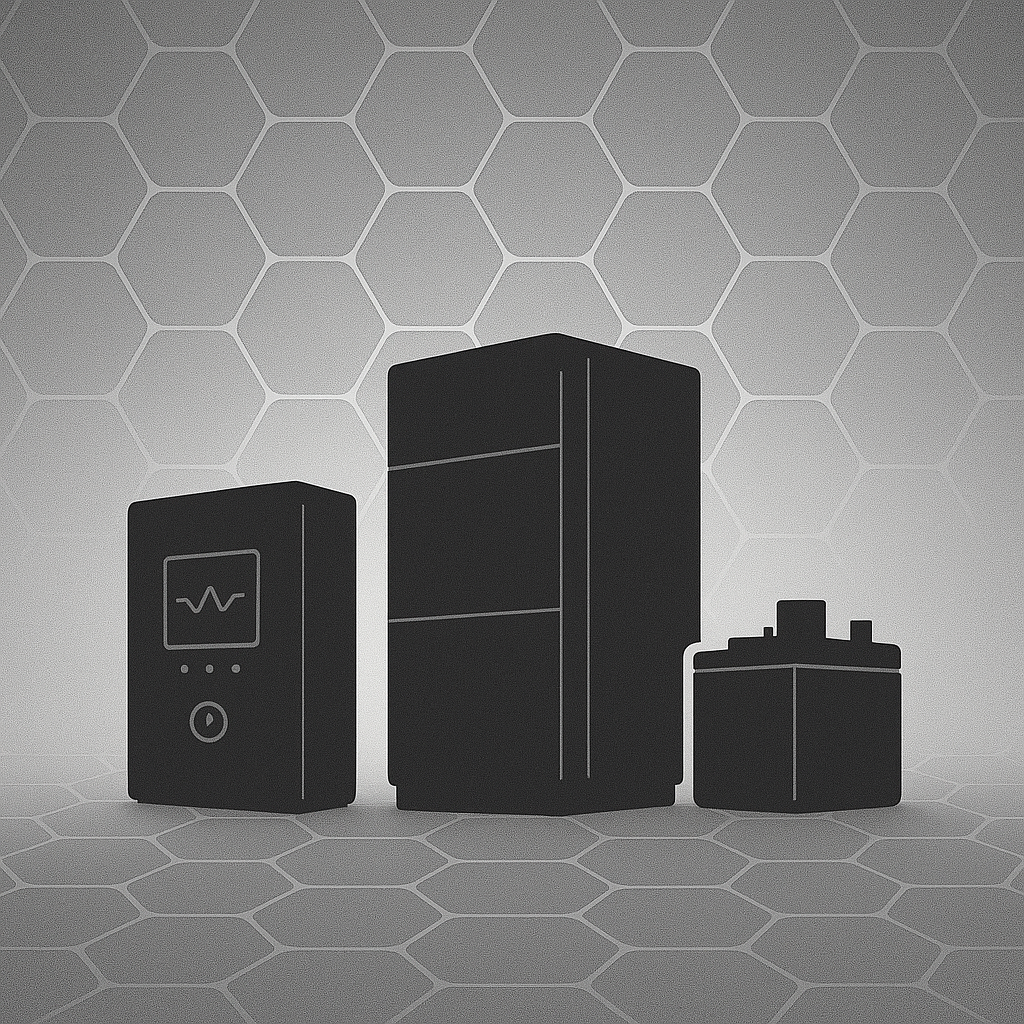
energy storage system,home energy storage,industrial energy storage,solar energy storage,off-grid energy system, hybrid energy system,battery storage system,lithium battery pack,LFP battery module,BESS (Battery Energy Storage System), energy storage cabinet,battery container solution,smart inverter,solar inverter,bidirectional inverter,power conversion system (PCS), ESS battery pack,wall-mounted battery,rack-mounted battery,battery management system (BMS), off-grid solar system,on-grid solar solution,commercial energy storage,residential energy storage,industrial and commercial ESS, backup power solution,smart grid solution,microgrid energy system,peak shaving and valley filling,power backup for EV charging, renewable energy storage,green energy solution,distributed energy system, China energy storage manufacturer,OEM ESS factory,ESS exporter from China,European market ESS solution, US residential battery,Middle East solar storage,Africa microgrid energy,Southeast Asia ESS installer, long cycle life battery,h

